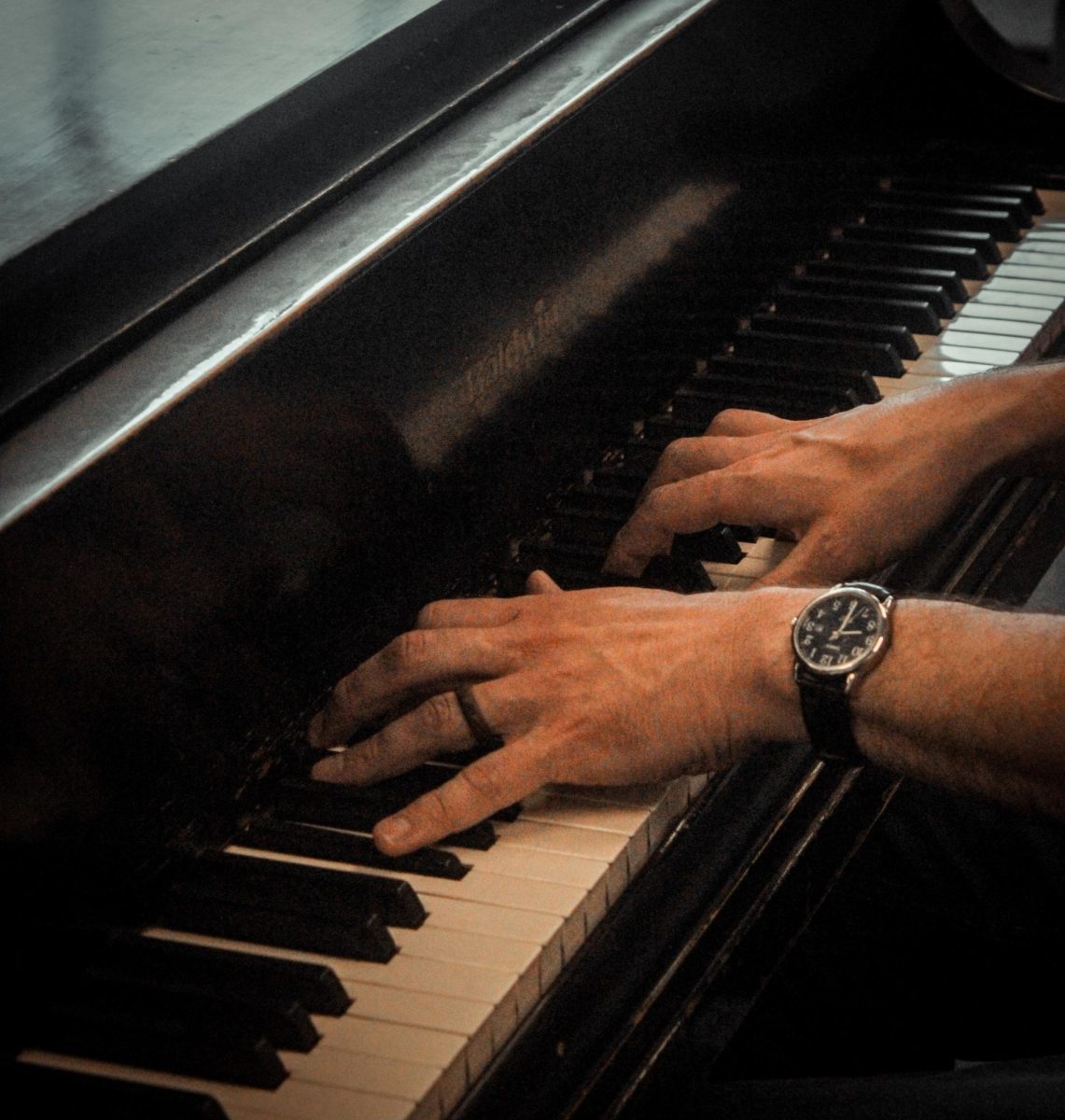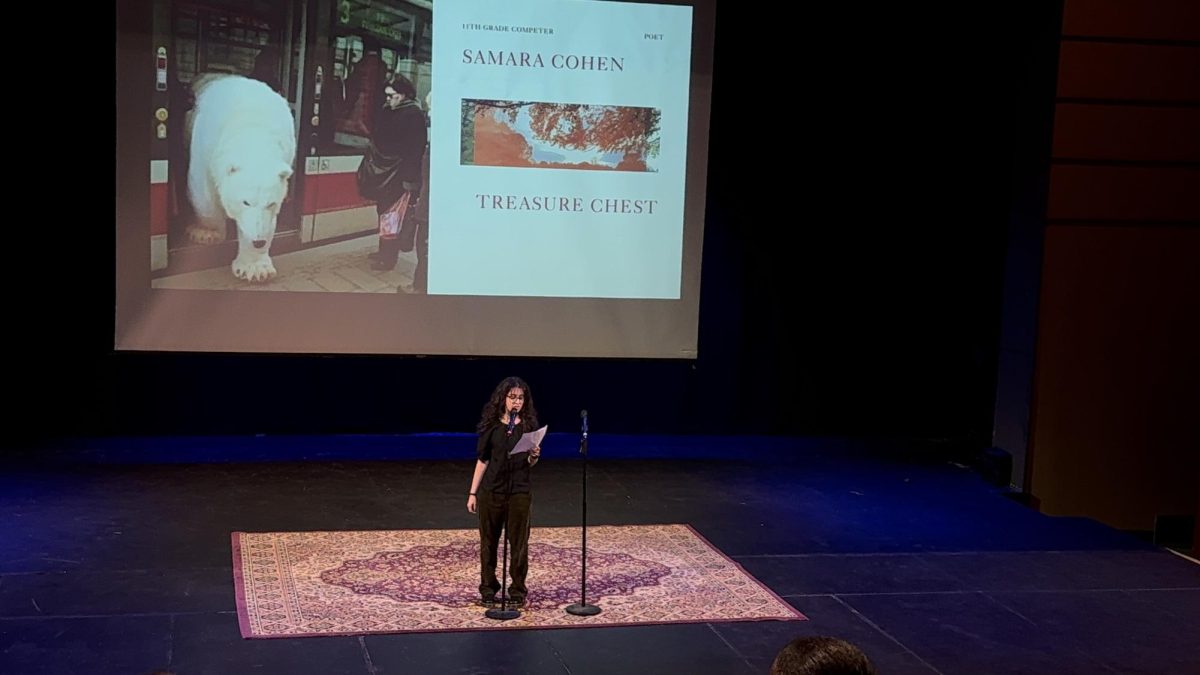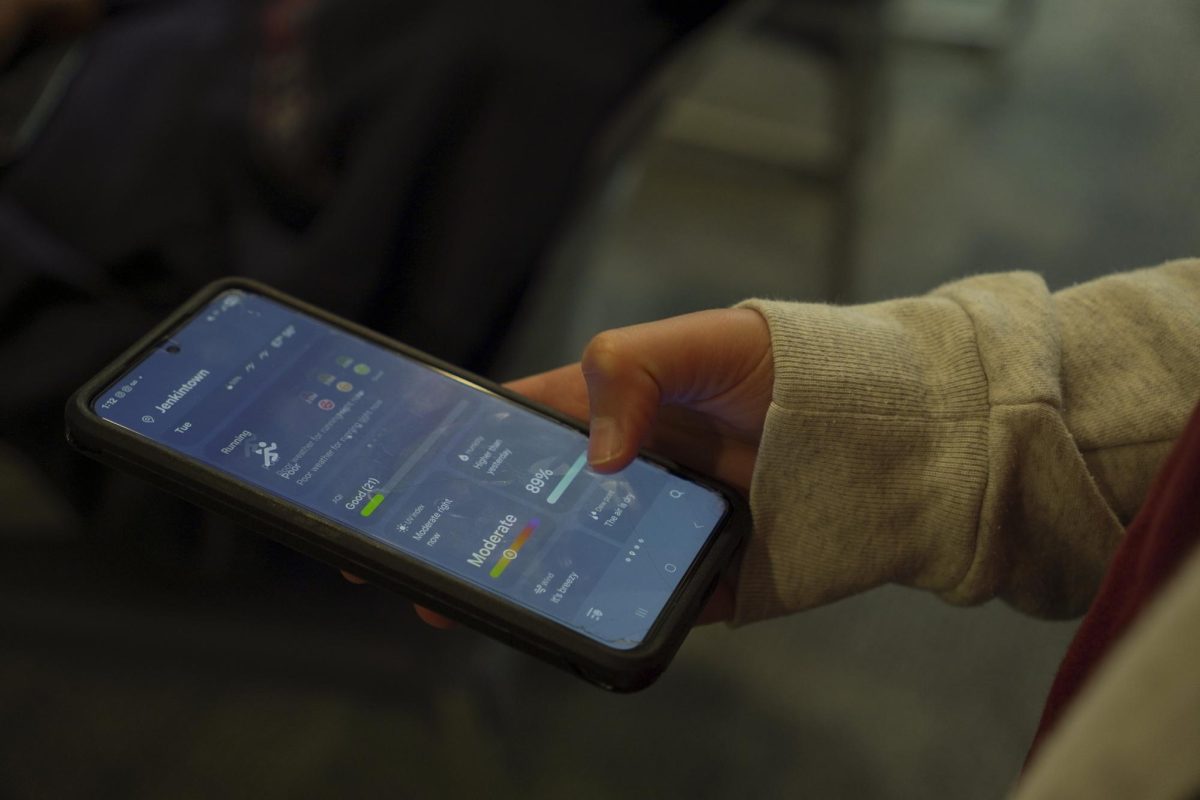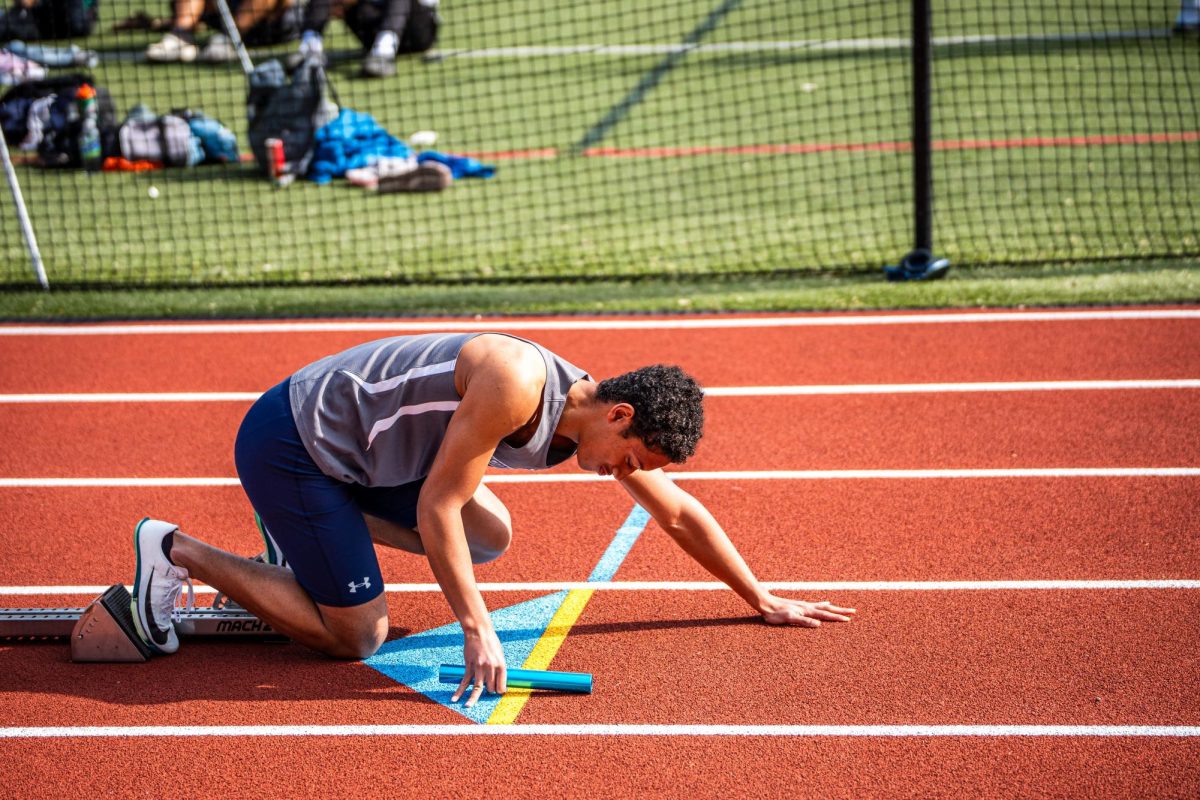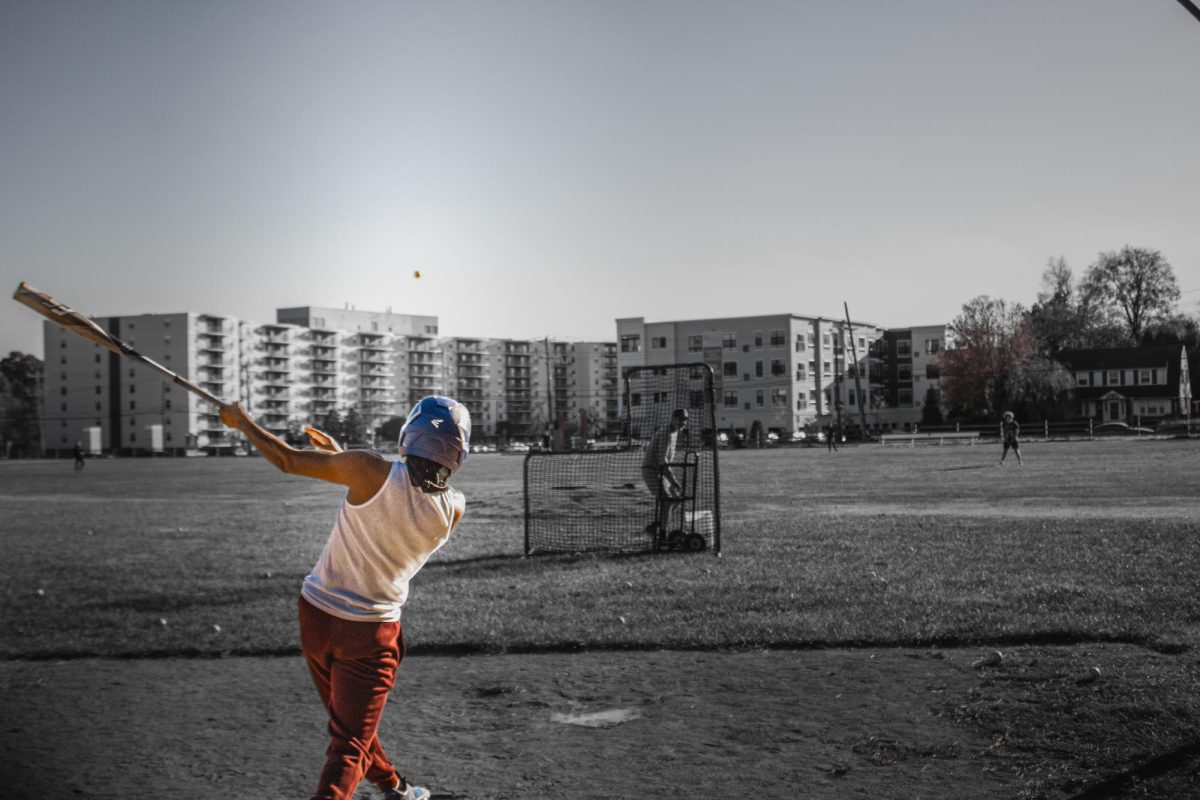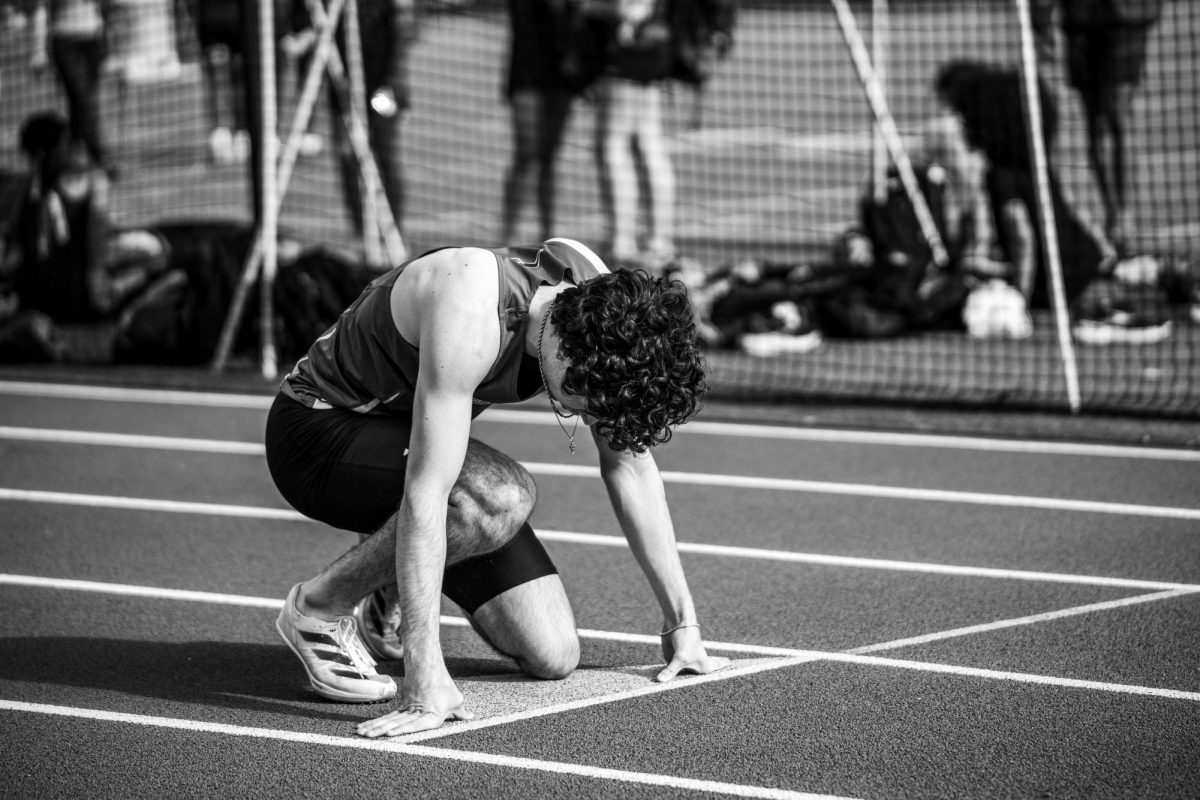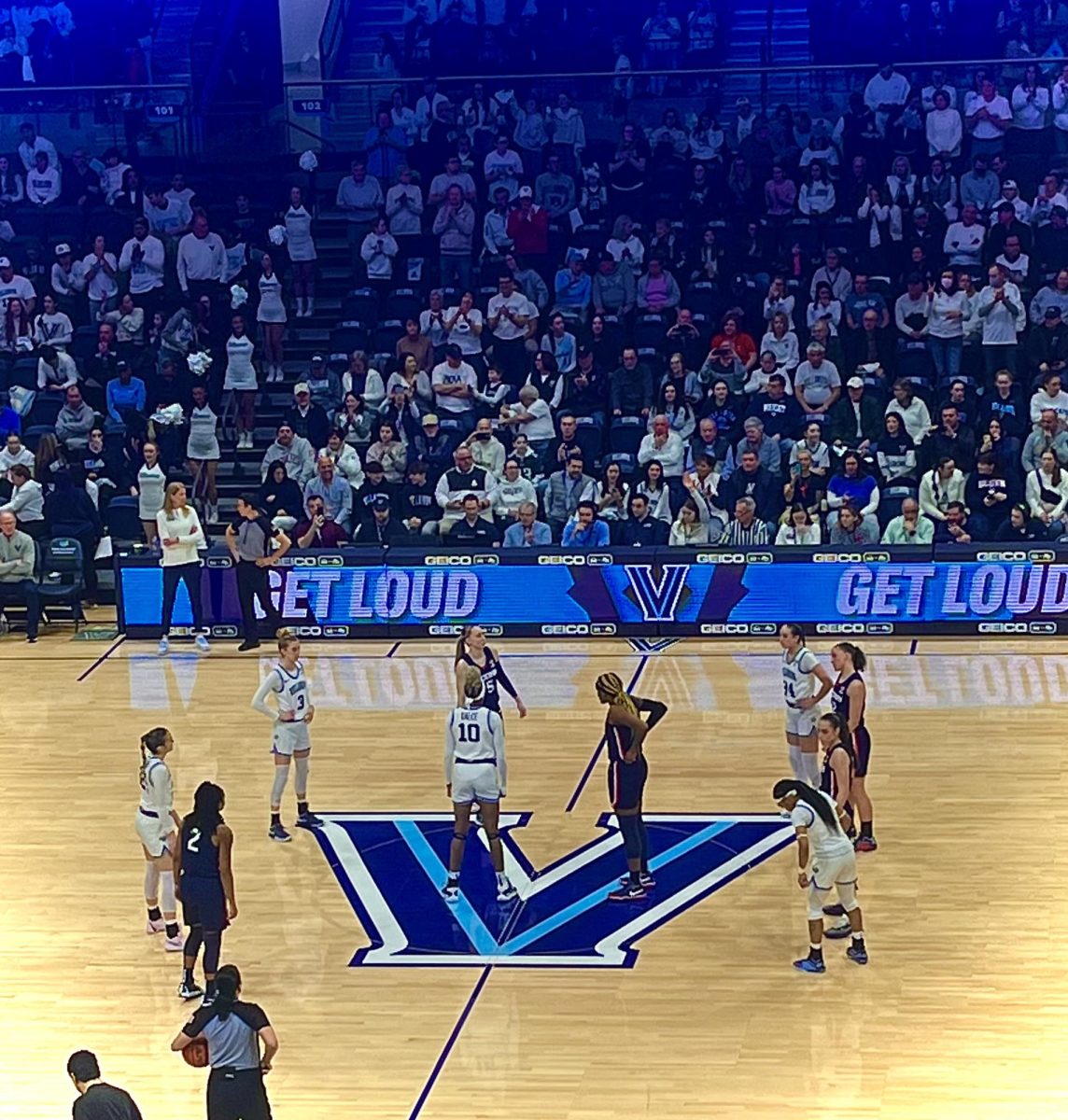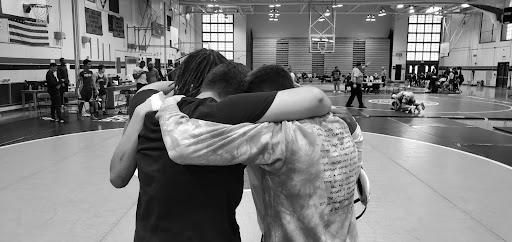On March 24, 2024, the Women’s NCAA tournament had already trickled into the second round. The anticipation of watching the undefeated South Carolina Gamecocks have a redemption win after the disappointing loss to Caitlin Clark and the Hawkeyes stirred conversations, along with witnessing Paige Bueckers return after two years since tearing her ACL, and seeing if LSU and Kim Mulkey can take the title home again.
There were many unanswered questions, comebacks to be made, and titles to defend. There is no question women’s sports, specifically the NCAA tournament, have been taking over the media and dominating conversations in the sports world. However, there are still barriers that limit the exciting experience for many sports fans.
This takes us to March 24, where my dad and I planned on going to a sports bar because Colorado (5th seed) was playing Kansas State (4th seed). To give you a hint, that’s a good game! Along with this, LSU, the returning champions from the 2023 tournament with stars such as Angel Reese and F’lau’jae Johnson, were playing Middle Tennessee at the same time.
Now, this sports bar had around 50 high definition tv’s, and I will give them credit, they did show the first half of the Colorado and Kansas St. game. However, during half-time and while the LSU and Middle Tennessee game was just beginning they changed the channel to a men’s NIT game–the NIT tournament, AKA, the tournament if you’re not good enough to make the NCAA. Not to mention this was Indiana State vs. Minnesota and we live in Pennsylvania.
It baffled me. How can a sports bar, during the second round of the NCAA tournament where quality rivalries are taking place, switch the channel to a lesser-than-average men’s NIT game that no one (at least in this region) cares about?
The 2023 women’s tournament broke viewing records, and had a significant increase from the 2022 tournament with the Final Four viewership increasing by 49%. With returning players for their senior year such as Clark, Reese, Bueckers (although returning for another season), and Cameron Brink, this would for sure lay out the red carpet for the most anticipated tournament since the early 2000’s.
Now in 2024, viewership of the second round increased by 108% to 121% clocking in at around 4.9 million viewers.
Though people are so wrapped up in the comeback women’s basketball has had in the last decade, we forget that there have long been standout moments with rivalries, exceptional basketball IQ, and entertaining tensions that made games worth the watch.
Even though women’s college basketball has excelled in the last five to ten years, the language used by the sports media implies that this is the first time women are represented and now girls have role models to look up to. This hurts the reputation and undermines the success of female athletes that have contributed to the success of the game.
The growth of women’s basketball—like most sports, including the NBA—is not linear. Big names in the 1980’s such as Cheryl Miller and the dynasty of the Women of Troy took over and gained viewers because at that time, there was not a women’s professional league. In the early 2000’s UConn was a powerhouse with players such as Rebecca Lobo, Sue Bird, Diana Taurasi, and Breanna Stewart.
There have been barriers and fixed mindsets about women’s sports in recent times that have staggered the progress. There are still arguments stating investing in the WNBA is not worth it.
In 2020, Sedona Prince, a forward from Oregon, brought attention to the NCAA’s violation of Title IX in the extravagant difference in weight rooms and training facilities. This raised awareness of the inequity between male and female college athletes.
In the last four years, however, women’s sports have grown from being pitied by sports fans to being respected. In fact, the ratings have been higher for women’s games then men, who’s attendance this year is also at a record low.
Players such as Caitlin Clark have notable success by breaking records as the all time leading scorer for both men’s and women’s D1 and got fans to fill up an entire football stadium just to see Iowa play. There are freshman stars such as Hannah Hidalgo from Notre Dame and Juju Watkins from USC that are taking over games and social media influence. Personalities that capture viewers’ attention on the LSU team from players to coaching staff keep their audience entertained.
Based on statistics and media coverage, viewer attention and media growth has surpassed in the last five years in the NCAA and women’s sports in general. What will come out of this?
Will women take over the NCAA as men are eligible for only one year anyway and have other options out of high school?
Will female college athletes continue to market, influence sports culture, and the media because of the Supreme Court’s Decision in 2021?
Will women eventually only have to play one year in college opposed to four?
Will sports bars like the one I dined in show both men and women’s NCAA tournaments without a second thought?
It’s hard to say what the future will hold for female collegiate basketball players. I predict the history that we all have the privilege of witnessing in present times won’t fade. Women’s college basketball among other sports will continue to grow because of how the media can preserve the exceptional moments in sports history where players like Bueckers, Reese, Clark, Watkins, and Hidalgo won’t be forgotten.













